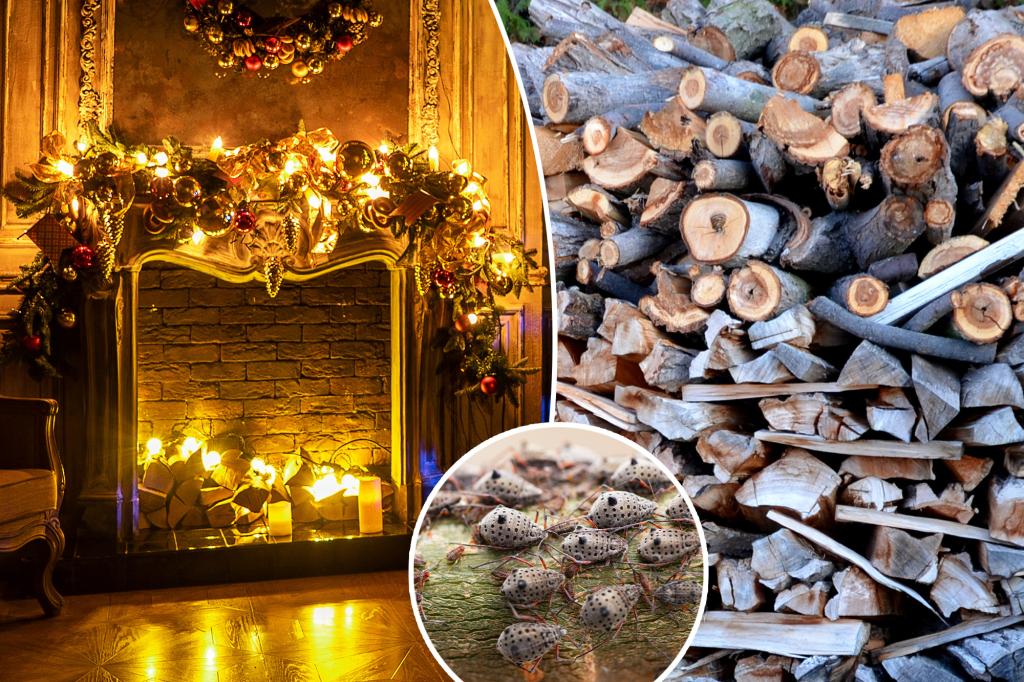The comforting crackle and warmth of a fire, whether in a hearth or under the open sky, are timeless symbols of gathering and community. However, the seemingly innocuous act of gathering firewood has profound implications for the health and vitality of our forests and ecosystems. The transportation of firewood, often unknowingly, facilitates the spread of invasive pests and diseases, posing a significant threat to native tree populations and the delicate balance of natural environments. This necessitates a shift in our approach to firewood sourcing, emphasizing localized procurement and responsible handling.
The threat posed by invasive pests transported via firewood is not theoretical; it’s a tangible danger supported by both scientific evidence and historical precedent. Invasive species, often hitching a ride on firewood moved from one location to another, can decimate native tree populations, disrupting ecosystems and causing irreparable damage. The American chestnut, hemlock, and American elm stand as stark reminders of the devastating impact of invasive pests, their populations decimated by introduced diseases and insects. The Asian longhorned beetle, emerald ash borer, spotted lanternfly, and oak wilt are just a few of the current threats facing our forests, highlighting the ongoing need for vigilance and responsible firewood practices. The seemingly harmless act of transporting firewood can unknowingly introduce these destructive forces into new environments, initiating a chain reaction of ecological damage.
The unintentional spread of these pests often occurs due to a lack of awareness among individuals transporting firewood. Many assume that visually inspecting the wood for signs of infestation is sufficient, but this is a misconception. Invasive pests, including their eggs and larvae, can often be hidden deep within the wood, invisible to the naked eye. Even seasoned wood, which has been left to dry for an extended period, can harbor these hidden threats. Consequently, the transportation of firewood, even seemingly clean wood, poses a significant risk of introducing invasive species into new environments. This underscores the importance of sourcing firewood locally and adhering to recommended guidelines to mitigate the risk of pest spread.
The U.S. National Park Service recommends sourcing firewood within a 10-mile radius of its intended use, with a maximum distance of 50 miles. This localized approach significantly reduces the risk of introducing invasive species to new environments. Transporting firewood over longer distances dramatically increases the potential for spreading pests, potentially leading to widespread infestations and ecological damage. Numerous states have enacted regulations restricting the movement of untreated firewood across state lines or beyond a 50-mile radius, unless it bears a certification stamp indicating heat treatment to eliminate pests. These regulations underscore the seriousness of the issue and the importance of adhering to recommended guidelines.
The impact of invasive pests extends beyond the immediate damage to forests; it can also have significant economic consequences. Infested or diseased trees can diminish property values and incur substantial costs for removal. Protecting the health of our trees and forests is not just an environmental imperative; it is also a matter of economic prudence. The cost of managing invasive species infestations can be substantial, both for individual landowners and for communities as a whole. By taking proactive steps to prevent the spread of these pests, we can safeguard both our natural heritage and our economic well-being.
The Don’t Move Firewood campaign, an initiative spearheaded by The Nature Conservancy, provides valuable resources and guidance for responsible firewood practices. Their online Firewood Map offers state-specific regulations regarding firewood transportation, empowering individuals to make informed decisions. The campaign emphasizes the importance of sourcing firewood locally, within the same county or no more than 50 miles from the intended burn site. It also dispels the myth of “clean” firewood, emphasizing that even visually healthy wood can harbor hidden pests. The campaign advocates for burning transported firewood promptly and thoroughly, and encourages individuals to spread awareness about the risks associated with moving firewood. By following these recommendations, we can collectively contribute to the preservation of our forests and ecosystems.


